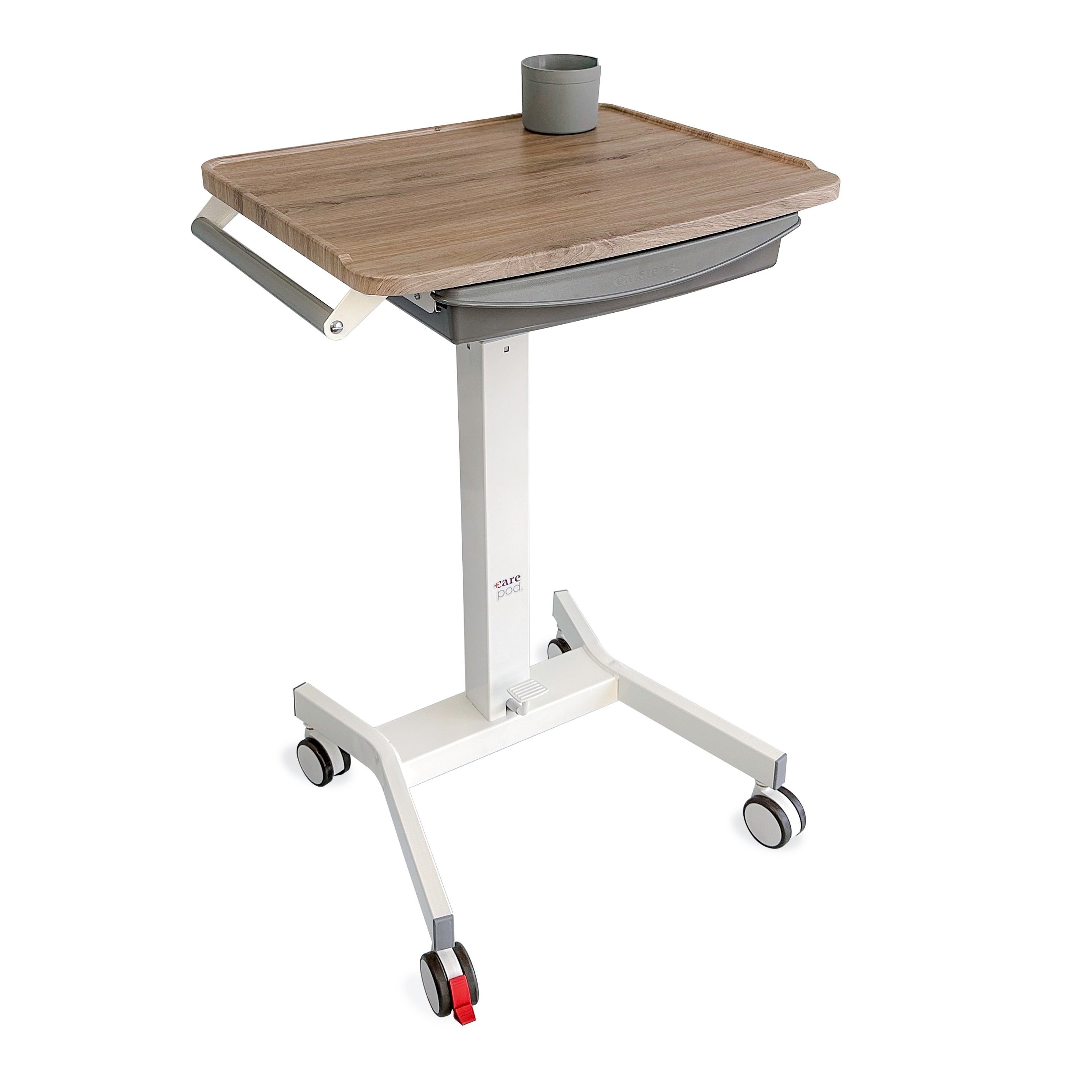Managing a healthcare facility or related clinic is no easy job. These dynamic, often-chaotic environments are full of obstacles that can negatively impact employee morale, productivity, and overall success without the right management system. As a result, employees’ abilities to provide proper patient care decrease significantly, hurting your clients and business. Luckily, learning how to empower your medical staff members through empowerment management is the perfect way to enhance your facility’s operations.
Defining Empowerment in Healthcare Environments
What exactly does empowerment mean in the context of a healthcare clinic or hospital? An individual feels empowered to be the best and most productive version of themselves when they receive these three elements: support, resources, and job skills. Therefore, management is responsible for providing its staff with many variations of the above-listed aspects. Ultimately, empowerment is a management philosophy you can easily practice and delegate throughout your healthcare facility.
Unlike micromanagement, empowerment affords staff members independence during their shifts. Medical employees achieve optimal confidence, productivity, and work satisfaction through autonomy. Most importantly, an empowered medical staff member provides superior care for their patients. Read on to learn more about the specific principles of empowerment management and tips for successful implementation.
Support
Supporting your collective medical staff members’ mental health and well-being is an essential element of empowerment management practices. Employees without helpful and friendly support systems often feel isolated at work, leading to reduced communication throughout departments and lower-quality patient care. An effective healthcare environment relies on teams of positive and driven professionals working together to achieve the absolute best results. Through support, this level of efficiency and empowerment is possible.
Accessibility
The easiest way to support your medical staff members is by maintaining a facility-wide open-door policy for any and all subjects or concerns. Accessibility eliminates feelings of helplessness and isolation and promotes communication, team-centric problem-solving, and worktime enjoyment.
Additionally, this streamlined form of communication helps foster meaningful and genuine relationships between staff members and their managers. Over time, employees become comfortable enough to voice serious concerns about the healthcare facility, resulting in the implementation of positive and effective workplace changes.
Delegation and Prioritization
A vital distinction of empowerment management is employee autonomy. A facility can achieve this productive level of independence through proper delegation that prioritizes workforce strengths. To delegate effectively means to pass on authority and responsibility to non-management employees in a way that increases their productivity and success.
Empowerment through delegation is a superior, invisible form of support. Your staff can rest assured knowing everyone in the facility is prepared for any situation and can be of assistance in a wide range of emergencies. However, communicating crucial ideas and concepts to other individuals is a major aspect of delegation and a difficult skill to learn.
Luckily, prioritization can simplify this process by clearly indicating the most important parts of shared instruction and information. When delegating, ensure you prioritize one to two significant tasks or responsibilities that are the most vital to achieving smooth operations. Furthermore, assign authority or duties to individuals with skill sets suited for the job. This is known as prioritizing talent, and it’s an effective method for getting the most potential out of your staff healthily and ethically.
Resources
Providing valuable workplace resources is the second element of empowerment management. Unfortunately, it’s also often the most-neglected aspect within healthcare facilities. Most likely, this is because many empowerment-friendly resources are more expensive than support and job skills elements. However, medical staff can struggle to effectively provide patient care without the ideal equipment, tools, and overall environment. Learn about the two most essential resources your healthcare clinic needs to achieve total employee empowerment.
Mental Health Services
Just like the patients they treat, medical staff members deal with the stress and anxiety of healthcare environments. And since their occupations and workplace environments are so intense, many healthcare professionals require higher-level mental health treatment that their current plans don’t cover.
Thankfully, many states mandate that employers offer insurance plans with appropriate coverage of mental health treatments and related services. There are many benefits to considering an employee insurance plan that prioritizes mental health. Mainly, this action shows your medical staff members that you value their contributions and work. Furthermore, healthcare professionals with access to mental health resources are more likely to succeed and thrive in their jobs.
Ideal Workplace Conditions
Building design and layout are two crucial aspects of running a successful healthcare facility. Together, these two elements create ideal workplace conditions that promote productivity and efficiency. For example, implementing an advanced organization system like the Kardex Visitray significantly enhances the pace of your medical staff members.
Healthcare environments are dynamic and arguably chaotic by nature, but access to helpful tools and equipment helps employees problem-solve quickly. As a bonus, medical staff members enjoy their time more when working in an optimized and organized workplace.
Job Skills
The last element of proper empowerment management prioritizes job skills. Primarily, this element of empowerment aims to improve social cultures and training within your facility to enhance the development of your employees’ skills. Often, job skills–related implementations cost little money. However, they demand time and commitment that starts with management.
Positive Workplace Culture
Instilling a positive workplace culture is almost more important than creating an organized and optimized environment. Healthcare clinics and facilities are naturally stressful settings. Adding toxic social structures on top of that is a recipe for disaster. With negative workplace cultures, employees either adapt to the toxicity and continue on with improper daily practices, or they simply quit.
So how does creating a positive workplace culture relate to the job skills of your employees? Ultimately, work culture significantly impacts the growth and development of your workforce. Within a poor workplace culture, your medical staff members weaken and unproductive teammates increase. Eventually, staff stop improving, because their environment prevents proper growth and success.
To avoid this, ensure you set positive examples for your employees by creating three to five simple and communicable business principles. For example, your company can prioritize the values of collaboration, dedication, and accuracy. The final choice depends on what your business values the most.
Training and Development
Training is often a huge area of focus for new employees but an afterthought for more seasoned professionals. However, medical staff members can lag behind in their skill development without ongoing education and refinement. Furthermore, as healthcare policies and procedures shift over time, employees who are accustomed to regular training and skill development are more likely to succeed and adapt. Encourage your medical staff members to continue their education journey by providing them with proper training and development resources.
Empowerment practices are management techniques many businesses use worldwide. In fact, there are many variations to these procedures, with different emphases on various principles. Some managers prioritize clarity, autonomy, and employee behavior instead of support, job skills, and resources; others stress education and team building above all other elements.
Regardless of the specifics, understanding how to empower your medical staff members is a valuable skill that eventually results in improved patient care overall. Use this guide to effectively manage your healthcare facility and show your employees that you value their work.







